Poultry farming has already proven that it can be very profitable. If you have adequate space and knowledge, starting a small poultry farm can be a great source of income for your family. Let’s check out the 12 key rules for effective poultry farm management below.
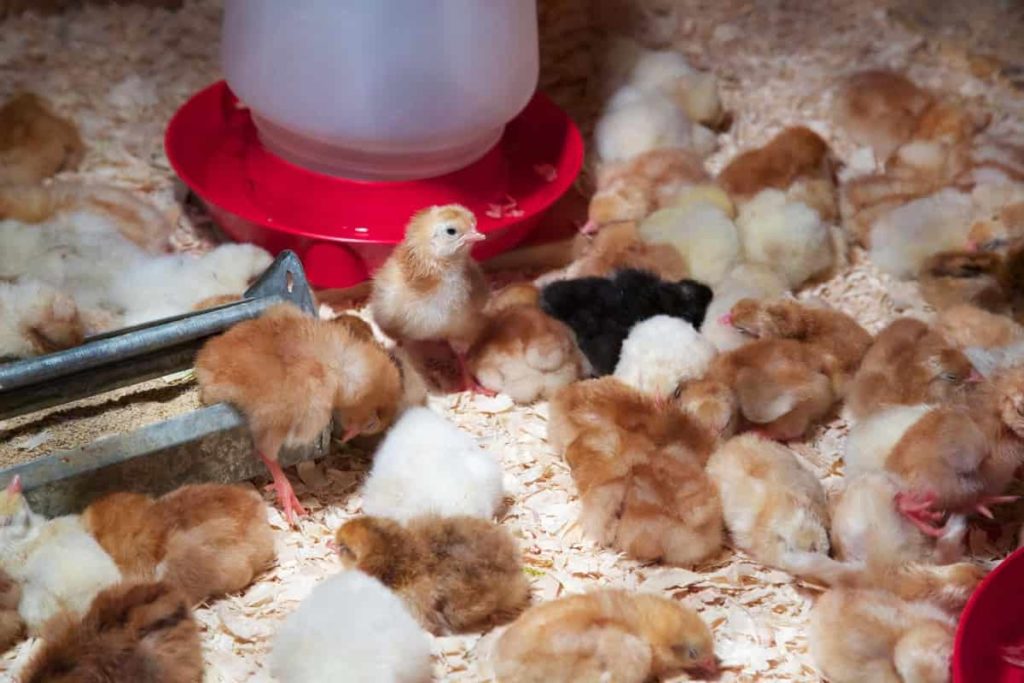
Key rules for effective poultry farm management
1. Key rule for good planning management in poultry farming
Good planning is essential for a successful poultry farming business. Poultry farming involves the rearing of birds either domestically or commercially, producing eggs, meat, etc. They understand the role of poultry in a farm system with an emphasis on chickens in poultry management, learning how to care for adults and chicks, producing eggs, meat, and other products, pasture-based production models, etc.
It involves knowing poultry health monitoring includes; ensuring that the poultry house is maintained with adequate brooding, rearing, growing, and laying conditions, and ensuring that recommended vaccinations are given and appropriate feeding programs are used. The objective of the event is to achieve maximum profit with minimum investment;
- Key components of poultry farm management software.
- Selection of data collection records.
- Accurate and secure data reading.
- Proper feed mill and medication maintenance.
- Analytical data report.
2. Key rules for poultry productivity improvement tips
There are husbandry practices, cost-effective vaccination strategies, and other disease prevention and control measures that can reduce mortality and increase production in these village flocks.
1. Circulation Fan System: A properly designed circulation fan system that circulates the air inside the house from floor to ceiling and from one end of the house to the other saves fuel usage by 10-30% reduction but improves litter and air quality.
2. Fully enclosed houses: In a curtained house, 30-50% of the heat loss can be attributed to the wall curtain. By replacing sidewall curtains with well-insulated solid sidewalls, heating costs are dramatically reduced, and the home is cooler in the summer. Also, the increased level of environmental control in a fully enclosed house leads to improved bird performance.
3. Insulated Tunnel Doors: Replacing traditional tunnel curtains with insulated tunnel doors in a fully enclosed home can reduce fuel consumption by 10% or more. Tunnel doors also create increased air movement over birds entering the tunnel during warm weather, resulting in cooler birds and drier litter.
4. Litter treatment: By using litter treatment to limit ammonia production, ventilation rates during brooding can be kept to a minimum, reducing heating costs by 30%. It easily covers the cost of waste treatment.
5. Bigger Houses: Bigger houses cost less during cold weather than traditional 40-foot-wide houses because they have less surface area. With the growing popularity of fully enclosed homes, producers have discovered that it is possible to build larger homes without excessive temperature differences between the inside of the home tunnel and the fan heads.
Houses up to 550 feet tall require higher wind speeds for today’s larger birds at a lower initial investment and, more importantly, lower operating costs per bird compared to houses 400 feet and 500 feet tall.
In case you missed it: Poultry Farming in Nepal: How to Start, A Step-By-Step Guide for Beginners
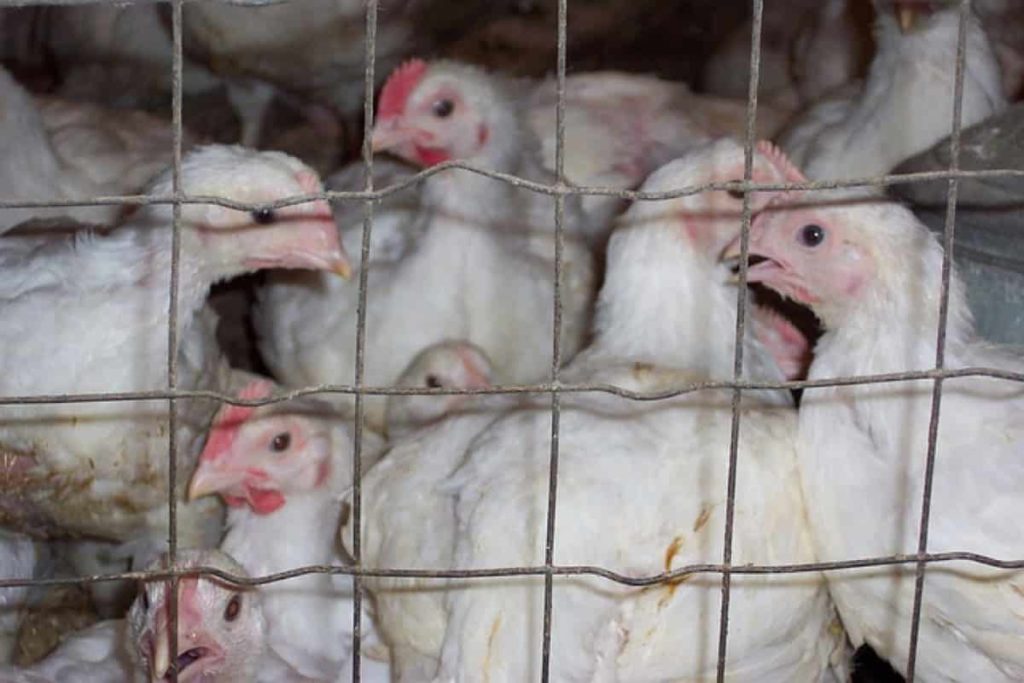
6. Radiant Heating Systems: Radiant heaters provide 10 to 30% fuel savings compared to hot air furnaces.
7. Attic Inlet System: The attic is a typical shed poultry house that is 5 to 30 degrees Fahrenheit hotter than the outside during daylight hours. Atari inlets allow producers to reduce fuel consumption by 10-20% in cold weather. Increased daytime ventilation rates result in lower ammonia levels and improved air quality.
3. Effective cost-saving ideas for poultry housing
These technologies will provide indoor environmental control while using less energy and reducing operating costs. Poultry farms are an important sector that consumes large amounts of fuel worldwide. It is because the indoor temperature, relative humidity, chemical environment, ventilation, and lighting inside the chicken house dramatically affect the growth of broilers, which should be kept within the proper scope.
The growth of broilers mainly depends on indoor environmental conditions that can impede meat and egg production, such as heat or cold stress. Houses for poultry birds will have to be designed and built with a much greater emphasis on operating costs, especially heating and cooling, than in the past, most experts agree, as propane and electricity costs rise.
Learn poultry farming – The first step to getting started is basic training. Don’t rush into running a poultry farm business without proper training from a reliable farming institution. Be aware that this is a delicate business dealing with live birds. For example, if you don’t get training on day-to-day chicken rearing, it can ultimately prove costly for your poultry farm business. If you don’t know what to do at this point, many of your children may die. So, learn all those farming basics to run your chicken business successfully.
4. Management practices in successful poultry farming
Maintain clean sheds, enclosures, and equipment. Feeds for birds and animals meet the nutritional requirements of all age groups. There should be a control system for the environmental condition that ensures the ecological needs of the birds and animals.
Select the right type of bird – Poultry farm business owners raise many types of birds. Your small poultry farm can start by focusing on two to three birds and then add more birds as the business grows. Poultry farms raise birds such as domestic fowl or chicken, broilers and layers, ducks, geese, quails, guinea fowl, turkeys, pigeons, and peacocks. You must decide whether to raise broilers or layers. It is a choice to start raising for meat production or egg production.
Determine the farm’s location – You should consider setting up your poultry farm in the most suitable place. The location should have all the necessary amenities. Try to start a poultry farm business a little away from the city so that you can get cheap land and labor. However, setting up a farm chicken business too far from the nearest city would be a mistake. Remember to approach a city more often to target your customers. Additionally, you may incur higher transportation costs if the poultry farm business is far from the city.
A poultry farm business owner located near four poultry companies or integrators is 8 percent more likely to have a higher gross income than a farmer located near only one supplier. This data shows that the location of the poultry farm business is very important for the viability of the poultry farmers.
Keep birds healthy – Another obvious observation, but it’s always worth repeating: Sick birds don’t grow; if they don’t, feed efficiency is never ideal. Sick or subclinical infected birds do not eat as well as healthy birds; what they eat usually goes to fighting the disease. In addition, they can also break down muscle protein, which reduces their body weight, making feed efficiency worse. In contrast, healthy birds, especially those with very healthy digestive systems, will use the nutrients in the feed more efficiently.
In case you missed it: Equipment Needed for Poultry Farming: Tools, and PDF
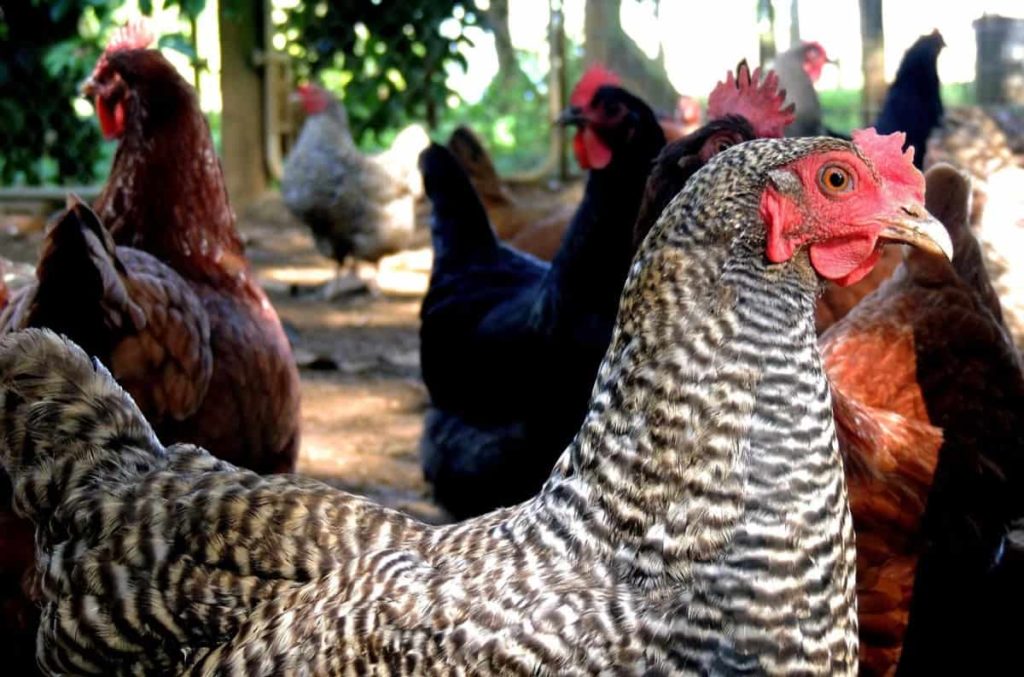
Collect necessary equipment – You will need to purchase a lot of necessary equipment to run your poultry farm efficiently. Some of the most common equipment pieces are Waterers, Feeders, Cages, Nests, Incubators, Egg trays, Perches, Lighting equipment, Coops, Crates, Heaters or brooders, Waste disposal systems, and Ventilation systems.
5. Poultry husbandry principles for effective management
There are a set of requirements by which animals must be managed to achieve optimum performance in a manner acceptable to those responsible for the care of the animals and the community in general. These requirements are the key to good management and can be used to evaluate a poultry enterprise’s management for its quality. These requirements are also called principles.
Welfare needs – A successful poultry house must meet birds’ welfare needs, which vary with class, age, and housing system. Failure to meet these requirements will, in many cases, result in poor bird performance. These requirements include:
- Provision of adequate floor space with adequate headroom
- Provision of good food quality with adequate feeding
- Provision of good water quality with adequate drinking
- Opportunity to socialize with flock mates
- The elimination of anything that could cause injury
- Elimination of all sources of unnecessary harassment
Good health care – A disease in a flock is reflected in inferior performance. The herd must be in good health to achieve its performance potential. There are three elements to good poultry flock health management. These are:
- Prevention of disease
- Early detection of disease
- Early treatment of disease
6. Consideration of factors affecting poultry meat quality
Successful broiler farming is related to successful day-to-day management of all aspects of broiler life. Feed is the most important among the management aspects necessary to grow broilers successfully. Poultry converts feed into food products quickly and efficiently. Their high production rates result in relatively high nutrient requirements. Poultry needs an adequate amount and balance of at least 38 nutrients in their diet.
After extensive data review, the minimum nutrient requirements for poultry are derived from empirically determined levels. Criteria for determining the need for a given nutrient include growth, feed efficiency, egg production, prevention of deficiency symptoms, and poultry product quality. These requirements assume that nutrients are in a highly bioavailable form and include no safety margin.
In terms of cost, feed is the most important input for intensive poultry production, and the availability of low-cost, high-quality feeds is critical to expanding the poultry industry. Managers must ensure that feed supplied to birds in commercial operations meets the nutritional requirements of all age groups and chickens.
Smallholder systems in developing countries generally place less emphasis on maximizing yields and more on maximizing profits by using diets composed primarily of local feedstuff ingredients rather than imported feed. Different forms of feed;
- Mash feed: The raw material is obtained by grinding and mixing. It is the most widely used feed, easy to prepare, and economical.
- Pellet feed: The feed is prepared by exposing it to heat treatment under pressure. The heat destroys the micro-organisms and anti-nutritive factors in the raw material, making the feed more digestible. This feed system minimizes feed wastage.
- Crumbles: Pellets are broken into granules. Feed is slightly more expensive to prepare than mash and pellets.
In case you missed it: Poultry Farm Insurance in India, Companies, Policy, and Premium
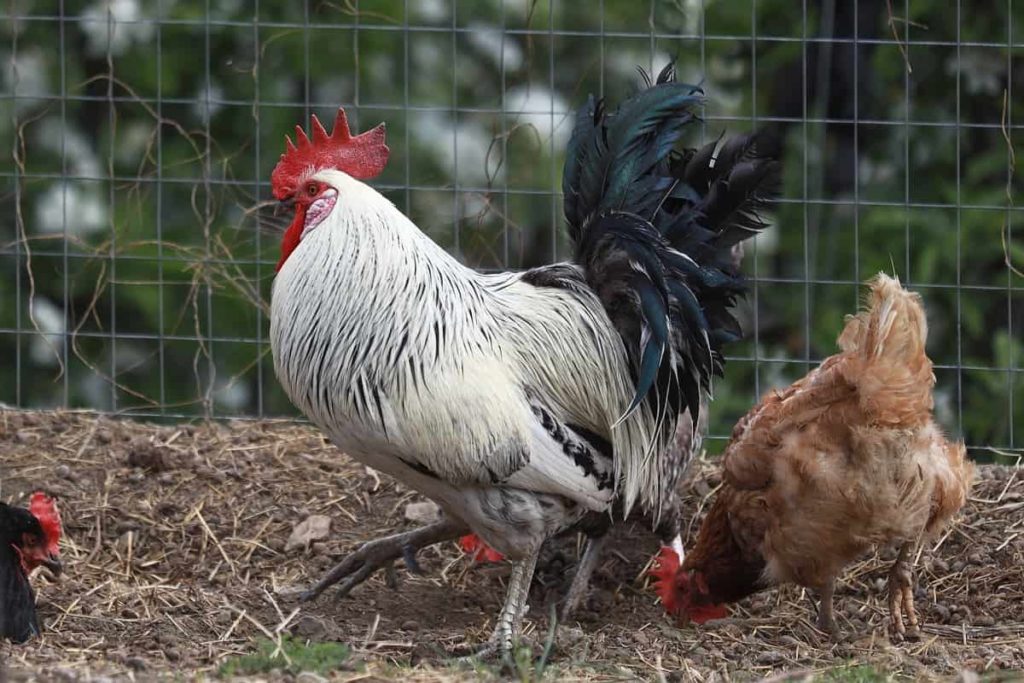
7. Factors to consider in deciding to raise poultry production
Record Keeping – Keeping records and meeting production goals are good management practices that allow problems to be identified and resolved. When a problem is identified, the next step is to try to fix it. Identifying the cause of a problem and fixing it is an important part of a farmer’s knowledge base. One of the most useful documents for record keeping is a diary, which can be combined with record-keeping sheets to record important activities, identified problems, equipment repairs, and equipment deviations.
Records of production, growth, feed, egg weight, mortality, treatments given, and response to treatments should be maintained to aid in the investigation of optimum performance. In all production systems, signs of poor health can be detected when poultry reduce their feed and water intake; reduce production or growth; undergo a change in appearance, behavior, or activity level; or has an abnormal condition or droppings.
Engage in training/knowledge sharing – Poultry farming is a field that requires a lot of knowledge to take care of the birds during their growth. It includes a thorough knowledge of their nutritional needs and overall well-being, including food and water, care, attention, and an appropriate environment. The end consumer is increasingly health-conscious; thus, broilers’ quality has become of utmost importance.
A bird’s health, wear percentage, muscle development, etc., are more frequently checked these days. Under such conditions, complex and scientific farming has become the norm today. Such cultivation requires proper training. Poultry farmers should, therefore, periodically train and exchange information with their peers to remain competitive.
8. Key rules for increasing your poultry egg production
If you are starting a poultry farm to raise chickens for egg production, there are a few things you need to keep in mind. You need to have a clear knowledge of your flock’s productivity. You should know how to estimate the number of eggs your flock can produce and, of course, the factors affecting egg production rates. The number of eggs a hen produces each year and the number of years a hen lays eggs depends on several factors:
- Management of the brooder before laying,
- Breeding,
- Light management,
- Space allowances,
- Nutrient management
Improper use of management systems can also affect egg production. Some of the mistakes farmers often make are:
- One of them is lack of feed. If you keep your hens away from food, it will reduce egg production. The decrease in egg production depends on the time without food. Make sure your birds have plenty of food.
- Water is also an essential element. Water represents about 70 percent of the body’s weight. Inadequate water supply can reduce egg production. Poultry birds are more sensitive to water than food.
- Daylight is also a major factor that controls egg production. Chickens need at least 14 hours of daylight. Light intensity should be sufficient to increase egg production.
9. Effective management tips for better poultry performance
Water management – 70-80% of a bird’s daily drinking requirement is drinking water. Poultry will generally use more water than feed. An abundance of clean water will minimize challenges and maximize efficiency. Factors to consider when thinking about water management include:
- Pressure, quality, height, mineral content, and access
- Cleaning of drink lines/regulators before flock placement and during production
- Water lines between flocks and during production
- Flushing Removal of biofilms and mineral build-up
- Drinking equipment maintenance
In case you missed it: Common Mistakes Everyone Makes in Poultry Farming
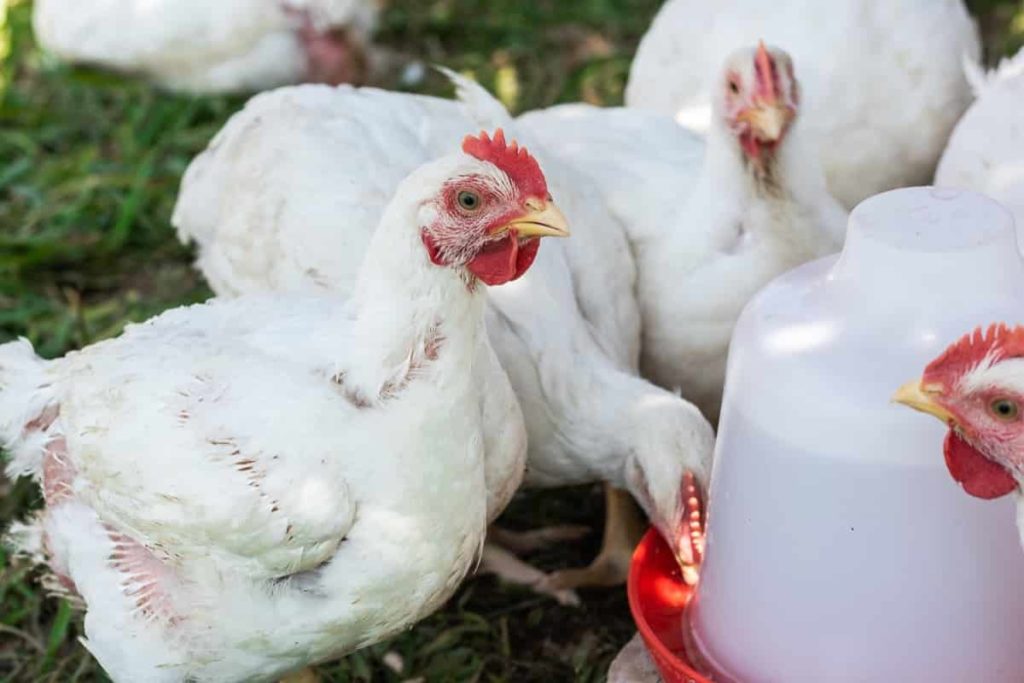
General environmental management of a warehouse involves many components, such as temperature, relative humidity, ventilation, and lighting. Understanding how these components work separately and together can help guide your management practices.
10. Key rules that you should consider before starting a poultry farm
Get a loan – Starting a poultry farm business is not easy financially, as you usually need a lot of funds in the beginning. It is because you must buy a piece of land and the necessary equipment. Besides, there should be a constant supply of money to pay workers’ salaries, etc. Find out what types of loans your government offers in this area.
You should discuss your loan requirements for the poultry farm business with a financial advisor. Don’t apply for enough loans. Instead, start by taking out a loan to buy farm equipment and chickens. As the poultry farm business grows, you can apply for a larger loan to pay off with increased income.
11. Poultry health management for reducing production cost
Establish a poultry health management plan – Various diseases affect poultry. Infectious diseases, including bacterial, viral, and fungal, are spread from infected birds to healthy ones. Then there are parasitic diseases like mycoplasma, colibacillosis, coccidiosis, etc., nutritional diseases caused by deficiency of vitamins and minerals, and other miscellaneous diseases.
Poultry farmers must keep their defense mechanism ready against such diseases, as they face huge losses due to various poultry diseases yearly. A little proactive activity can help them avoid all these as measures like providing nutritious food, clean water, timely vaccination, availability of some common and essential medicines on the farm, etc., can be very helpful.
For successful poultry farming, disease-free conditions are essential. Birds are susceptible to many diseases. Illness can be caused by various infection methods with viruses, bacteria, fungi, and other agents, or even by a lack of food or malnutrition. Therefore, regular and proper cleaning, sanitization, and spraying of insecticides and disinfectants should be done to keep the surroundings clean, tidy, and free from all germs. Also, all domestic birds are vaccinated to control the disease and increase the number of backyard birds.
Vaccination is usually a biological preparation that helps prevent the possibility of infection from occurring and spreading. One of the reasons for the potential loss of the poultry business is the lack of a health management plan. It may result in the increased mortality rate of poultry birds. You should be aware of these common poultry diseases that can seriously damage your poultry farm business. To create an effective poultry health management plan for your poultry farm.
The plan should include requirements such as clean drinking water and maintaining proper hygiene. Also, the light management plan for the poultry farm should be precise. Chickens need adequate lighting in the area where you keep them. They need 16 hours of light. Yellow, red, and orange light for 24 hours is considered best for broiler breeds. Before buying poultry breeds to start your farm business, consult a lighting expert to make the right arrangements.
Treat sick birds immediately – You should check your poultry regularly to ensure that you can spot sick birds early. Otherwise, the disease spreads rapidly among chickens. Spot any unusual behavior or appearance as soon as possible to keep your poultry farm business safe. If you find one or more of them sick with insect infestation or disease, treat them immediately before it’s too late. Call a doctor for further diagnosis of the disease and implement a treatment plan immediately.
12. Good marketing practices for effective poultry farming
- Produce what the customer wants – this usually means that market research must be done continuously to match production to demand.
- Be competitive – Higher prices are usually associated with better quality and specialty products. It is therefore important to link price to quality and market demand and to work competitively with the opposition.
- Reliability – Produce a product for the market and ensure that supply, price, and quality are reliable.
In case you missed it: Poultry Farming in New Zealand: Breeds, How to Start
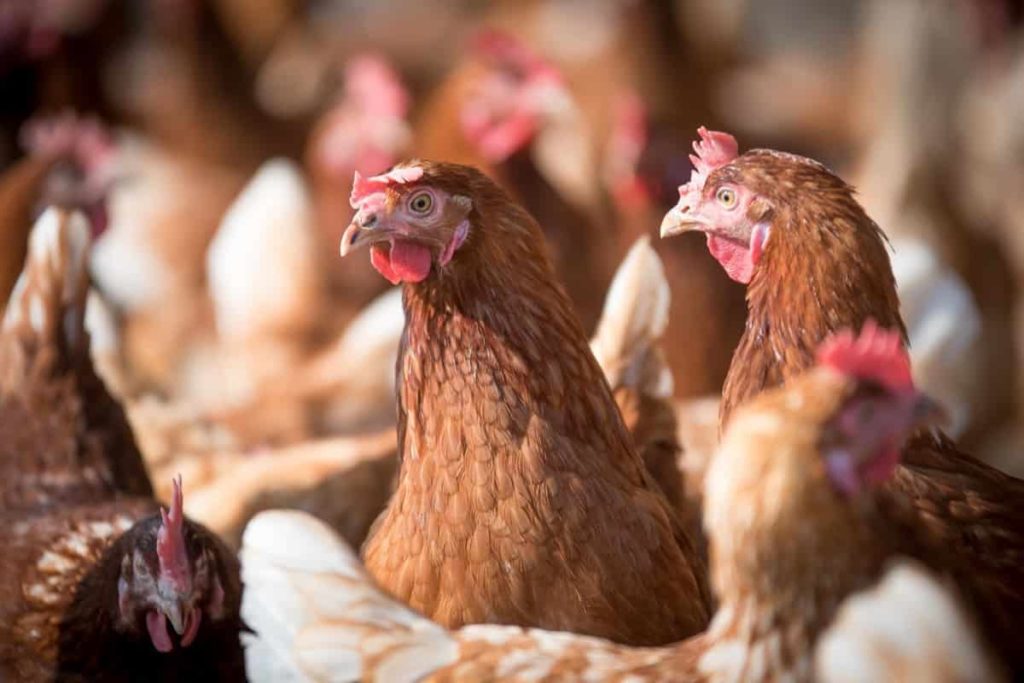
Poultry production ranges from small family systems to large-scale industrial enterprises, supporting livelihoods and supplying local or niche markets. The latter are usually incorporated into integrated value chains, while the former sell their products through informal trade networks due to low productivity. Poultry market prices can vary significantly, affected by seasonal patterns (such as higher prices during festivals), production costs, and competition from other products.
Production costs are highly volatile and can vary significantly from region to region. They are largely based on the characteristics of the final product (e.g., high-quality meat takes longer to produce, which means higher costs) as well as feed prices (primarily grains), seasonal conditions, and the inputs used. Poultry is cheaper than other meats because it is an efficient feed converter.
Conclusion
Poultry production is highly dynamic in terms of structural and management changes. The ever-increasing demand for protein-rich poultry meat and allied products has made poultry farming one of the most profitable businesses today. The above effective factors are needed for a successful poultry farming business safely.
- Economical Aquaculture: A Guide to Low-Budget Fish Farming
- 15 Common Planting Errors That Can Doom Your Fruit Trees
- How to Make Houseplants Bushy: Effective Tips and Ideas
- Innovative Strategies for Boosting Coconut Pollination and Yield
- Pollination Strategies for Maximum Pumpkin Yield
- The Complete Guide to Chicken Fattening: Strategies for Maximum Growth
- Natural Solutions for Tulip Problems: 100% Effective Remedies for Leaf and Bulb-Related Issues
- Revolutionizing Citrus Preservation: Towards a Healthier, Greener Future
- Natural Solutions for Peony Leaf and Flower Problems: 100% Effective Remedies
- Maximizing Profits with Avocado Contract Farming in India: A Comprehensive Guide
- Natural Solutions for Hydrangea Problems: 100% Effective Remedies for Leaf and Flowers
- The Ultimate Guide to Choosing the Perfect Foliage Friend: Bringing Life Indoors
- From Sunlight to Sustainability: 15 Ways to Use Solar Technology in Agriculture
- The Ultimate Guide to Dong Tao Chicken: Exploring from History to Raising
- The Eco-Friendly Makeover: How to Convert Your Unused Swimming Pool into a Fish Pond
- Mastering the Art of Delaware Chicken Farming: Essentials for Healthy Backyard Flocks
- 20 Best Homemade Fertilizers for Money Plant: DIY Recipes and Application Methods
- How to Craft a Comprehensive Free-Range Chicken Farming Business Plan
- Brighten Your Flock: Raising Easter Egger Chickens for Beauty and Bounty
- How to Optimize Your Poultry Egg Farm Business Plan with These Strategies
- Subsidy for Spirulina Cultivation: How Indian Government Schemes Encouraging Spirulina Farmers
- Ultimate Guide to Raising Dominique Chickens: Breeding, Feeding, Egg-Production, and Care
- Mastering the Art of Raising Jersey Giant Chickens: Care, Feeding, and More
- Ultimate Guide to Raising Legbar Chickens: Breeding, Farming Practices, Diet, Egg-Production
- How to Raise Welsummer Chickens: A Comprehensive Guide for Beginners
- How to Protect Indoor Plants in Winter: A Comprehensive Guide
- Ultimate Guide to Grow Bag Gardening: Tips, Tricks, and Planting Ideas for Urban Gardeners
- Guide to Lotus Cultivation: How to Propagate, Plant, Grow, Care, Cost, and Profit
- Agriculture Drone Subsidy Scheme: Government Kisan Subsidy, License, and How to Apply Online
- Ultimate Guide to Raising Araucana Chickens: Breed Profile, Farming Economics, Diet, and Care
- Bringing Hydroponics to Classroom: Importance, Benefits of Learning for School Students
- Ultimate Guide to Raising Polish Chickens: Breed Profile, Farming Economics, Diet, and Care
- Ultimate Guide to Raising Australorp Chickens: Profile, Farming Economics, Egg Production, Diet, and Care
- Silkie Chicken Farming: Raising Practices, Varieties, Egg Production, Diet, and Care
- Sussex Chicken Farming: Raising Practices, Varieties, Egg Production, Diet and Care
- Homemade Feed Formulations for Livestock: Discover Cost-effective Starter to Finisher Feed Recipes
Thanks for giving interesting knowledge.